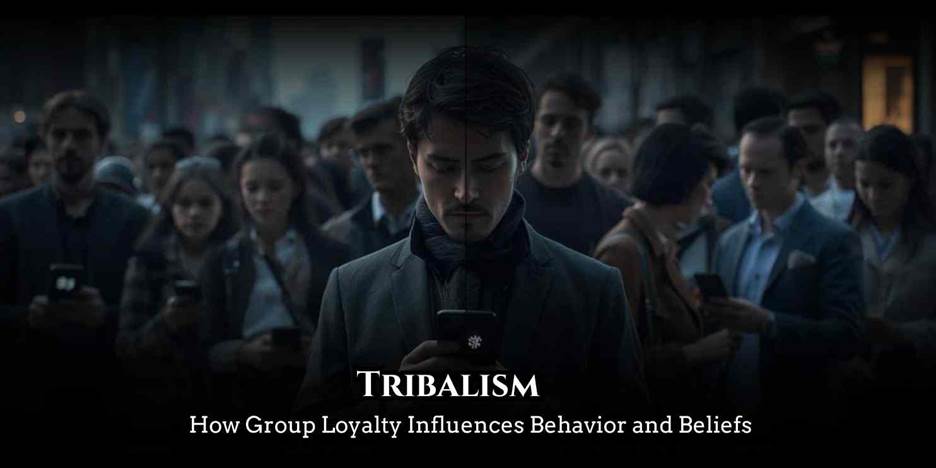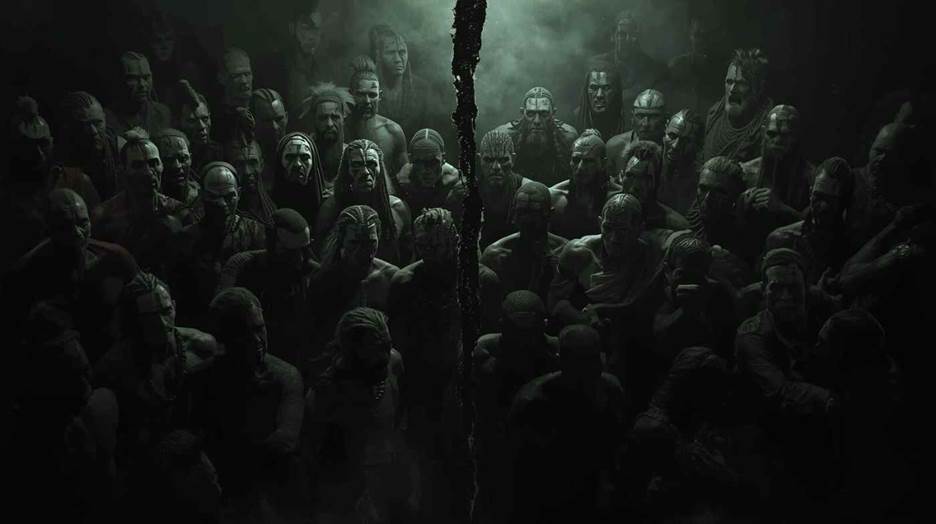In today’s interconnected world, tribalism remains a powerful force shaping human behavior, politics, and culture. Despite technological progress and globalization, people continue to form tight-knit groups that define their identity, beliefs, and actions. This instinctive loyalty to one’s “tribe” can foster unity and belonging but also deepen divisions and conflict. Understanding tribalism in modern society is essential to grasp why individuals prioritize group loyalty over rational thought or shared humanity. In this article, we will explore the origins and evolution of tribalism, its role in modern behavior, its benefits and challenges, and how it manifests in politics, workplaces, and online spaces. By the end, you’ll see how this ancient social mechanism still drives many of today’s most pressing social dynamics and what it means for building a more inclusive future.
Table of Contents

The Meaning and Origins of Tribalism
At its core, tribalism refers to strong loyalty and identification with a specific social group, often leading individuals to act in alignment with their group’s beliefs, even when faced with opposing evidence. Historically, this behavior developed as a survival mechanism. Early humans relied on tribes for protection, food, and identity. Loyalty ensured cohesion, which increased the chances of survival in harsh environments.
In modern times, while physical survival is no longer dependent on tribes, psychological and social needs for belonging persist. People now find their “tribes” in political affiliations, fandoms, workplaces, and online communities. This emotional attachment to a group provides comfort, validation, and purpose, echoing ancient survival instincts.
Tribalism and Group Identity in the Digital Age
In the 21st century, digital technology has amplified tribalism more than ever before. Social media platforms like X (Twitter), Facebook, and Reddit have become digital tribes where individuals seek validation and community. Algorithms reinforce group loyalty by showing users content that aligns with their beliefs, creating “echo chambers.”
How Online Communities Strengthen Group Loyalty
- Constant exposure to similar viewpoints boosts confirmation bias
- Emotional engagement increases trust within the group
- “Us vs. them” mentality strengthens in-group loyalty
This digital tribalism makes it easier for misinformation to spread, political polarization to deepen, and empathy toward outsiders to fade. While the internet was once praised for connecting people globally, it now often reinforces ideological walls that separate them.
Related article : The Dark Side of Tribalism: Division and Conflict in Society
The Psychological Roots of Tribalism and Human Behavior
Psychologists explain tribalism as a deep-rooted evolutionary instinct tied to the human need for belonging and acceptance. According to social identity theory, individuals derive part of their self-esteem from the groups they associate with. Being part of a “tribe” provides a sense of safety, identity, and moral clarity.
Why People Follow Their Tribe
- Validation – People seek approval from their in-group members.
- Fear of Rejection – Disagreeing with the tribe risks exclusion.
- Cognitive Ease – Following group norms requires less mental effort than independent thinking.
This explains why people often defend their tribe even when its beliefs are flawed or harmful. Tribal loyalty can override logic, pushing individuals to justify misinformation or unethical actions if it benefits their group.
Benefits of Tribalism in Modern Society
Despite its negative reputation, tribalism isn’t inherently bad. It can promote unity, cooperation, and shared purpose when managed positively.
Positive Effects of Group Loyalty
- Community Support: Tribes provide emotional and social stability.
- Shared Goals: Collective identity encourages teamwork and collaboration.
- Cultural Preservation: Tribal connections help maintain traditions and values.
In workplaces, healthy tribalism can create strong corporate cultures that motivate employees toward common goals. Similarly, cultural tribes keep traditions alive, promoting identity and continuity across generations.The Dark Side of Tribalism: Division and Conflict
Modern Examples of Harmful Tribal Behavior
- Politics: Partisan divisions deepen as citizens prioritize party loyalty over truth.
- Religion: Dogmatic thinking leads to interfaith conflicts.
- Online Culture: Social media “cancel culture” punishes dissenting opinions.
Such behaviors reflect a dangerous shift from unity to exclusivity. Instead of promoting cooperation, extreme tribalism reinforces polarization, making rational dialogue and empathy increasingly difficult.

How to Overcome the Negative Aspects of Tribalism
Reducing harmful tribalism requires awareness, empathy, and open dialogue. The goal isn’t to eliminate group identity but to balance loyalty with inclusivity.
Practical Ways to Counter Toxic Tribalism
- Encourage Critical Thinking: Question information before accepting it as truth.
- Foster Cross-Group Dialogue: Engage with people from different backgrounds.
- Promote Shared Human Identity: Focus on common goals rather than divisions.
- Educate for Empathy: Schools and organizations can teach emotional intelligence.
When individuals learn to value both group identity and broader human unity, society moves closer to harmony rather than hostility.
Real-World Examples of Tribalism Today
Tribalism is visible in many areas of life. In sports, fans passionately defend their teams. In politics, party supporters often treat opponents as enemies rather than fellow citizens. Even brand loyalty like the rivalry between Apple and Android users reflects tribal behavior.
In recent years, global movements such as #MeToo and climate activism have also shown the positive side of tribalism people uniting around shared causes for justice and environmental change. These examples reveal that tribalism, when guided by empathy and shared purpose, can become a tool for progress rather than division.
Conclusion
In conclusion, tribalism remains a defining element of human behavior, influencing how we think, act, and connect. It binds people together in communities but can also divide them when loyalty turns into hostility. Recognizing and managing tribalism is crucial to fostering understanding in our diverse world. By embracing inclusive values and encouraging open-mindedness, we can transform this ancient instinct into a modern force for unity and cooperation. To explore further, keep learning about social behavior and how group dynamics shape our collective future.